Telegrams sent to People's Committees of provinces and cities in the Northern region and coastal areas from Quang Ninh to Dak Lak; Ministries of National Defense, Public Security, Construction, Industry and Trade, Foreign Affairs, Science and Technology, Culture, Sports and Tourism; Vietnam News Agency, Vietnam Television, Voice of Vietnam .
The dispatch stated: On the morning of July 19, storm WIPHA entered the East Sea and became storm number 3 with a level 9 intensity, gusting to level 12; the storm is forecast to continue to strengthen and is likely to cause heavy rain in the Northern region in the coming days.
The storm's movement direction at 1:00 a.m. on July 19. Photo: VNA
To proactively respond to storms and the risk of heavy rain, floods, inundation, flash floods, and landslides, the Ministry of Agriculture and Environment recommends that provinces and cities from Quang Ninh to Dak Lak closely monitor the storm's developments; strictly manage means of transport going out to sea; organize counting and notify owners of means of transport, captains of ships and boats operating at sea of the location, direction of movement and developments of the storm to proactively avoid, escape, not move into dangerous areas or return to safe shelters. Dangerous areas in the next 24 hours: From 18.0 - 23.0 degrees North latitude, east of 114.5 degrees East longitude (dangerous areas are adjusted in forecast bulletins).
Provinces and cities shall deploy work to ensure safety of people, vehicles and property, especially for tourist sites, aquaculture, fishing and constructions at sea, on islands and coastal areas; based on specific situations, proactively decide to prohibit fishing boats, transport ships, tourist boats and evacuate people in cages, watchtowers for aquaculture along the coast, at sea and on islands to ensure safety; prepare forces and means for rescue when required.
For the plains of the Northern and North Central regions, focus on reviewing and being ready to evacuate people from unsafe houses, areas at risk of deep flooding, river mouths, and coastal areas; direct the work of ensuring the safety of sea dykes and river dykes, especially at vulnerable locations or under construction; proactively drain buffer water, prevent flooding to protect agricultural production, urban areas and industrial zones at risk of flooding.
Illustration photo.
At the same time, organize tree pruning; brace and reinforce signs, houses, public works, industrial parks, factories, warehouses, and projects under construction. Check, review, and take measures to ensure the safety of telecommunications systems and power grid systems to maintain operations without interruption before, during, and after storms; proactively organize the harvesting of agricultural products and aquaculture areas according to the motto "green house is better than old field".
The mountainous areas of the North and North Central regions deploy shock forces to inspect and review residential areas along rivers, streams, low-lying areas, areas at risk of flooding, flash floods, and landslides to proactively clear the flow of blocked and obstructed areas; organize the relocation and evacuation of people to safe places; direct commune-level authorities to notify each household living in areas at risk of landslides and flash floods to inspect and review the area around their residence to promptly detect unusual and dangerous signs in order to proactively evacuate them from dangerous areas.
The above areas are ready with plans to organize forces to guard, control, support, and guide to ensure safe traffic for people and vehicles, especially at culverts, spillways, deep flooded areas, fast-flowing water areas, areas where landslides have occurred or are at risk of landslides; resolutely not allowing people and vehicles to pass if safety is not ensured; arrange forces, materials, and means to overcome incidents, ensuring smooth traffic on main traffic routes when landslides occur.
At the same time, direct the inspection, review, and preparation of plans to ensure the safety of mines, mines, reservoirs, and downstream areas, especially small hydroelectric reservoirs, small irrigation reservoirs, and critical lakes; arrange permanent forces to operate and regulate and be ready to handle possible situations.
Vietnam News Agency, Vietnam Television, Voice of Vietnam, the coastal information station system and mass media agencies from central to local levels should increase information on developments of storms and floods to authorities at all levels, especially commune levels, owners of means of transport operating at sea and people to know and proactively prevent and respond.
Ministries and branches, according to their functions, state management tasks and assigned tasks, proactively direct and coordinate with localities to respond to storms and floods.
The above units organize serious duty and regularly report to the Ministry of Agriculture and Environment (through the Department of Dyke Management and Disaster Prevention and Control).
According to VNA/Tin Tuc and Dan Toc Newspaper
Source: https://baoquangtri.vn/bao-so-3-tiep-tuc-manh-them-nguy-co-mua-lon-o-bac-bo-195985.htm


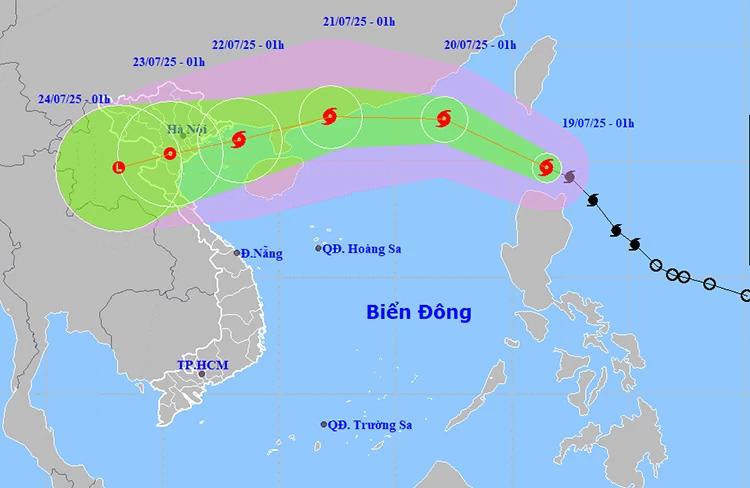
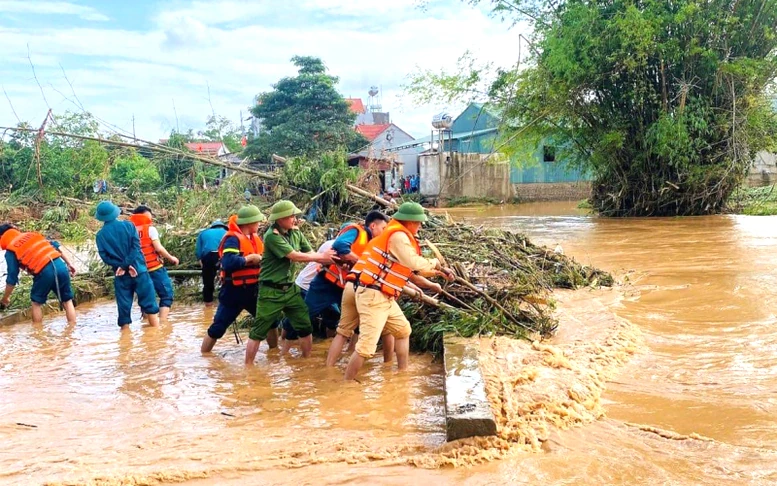

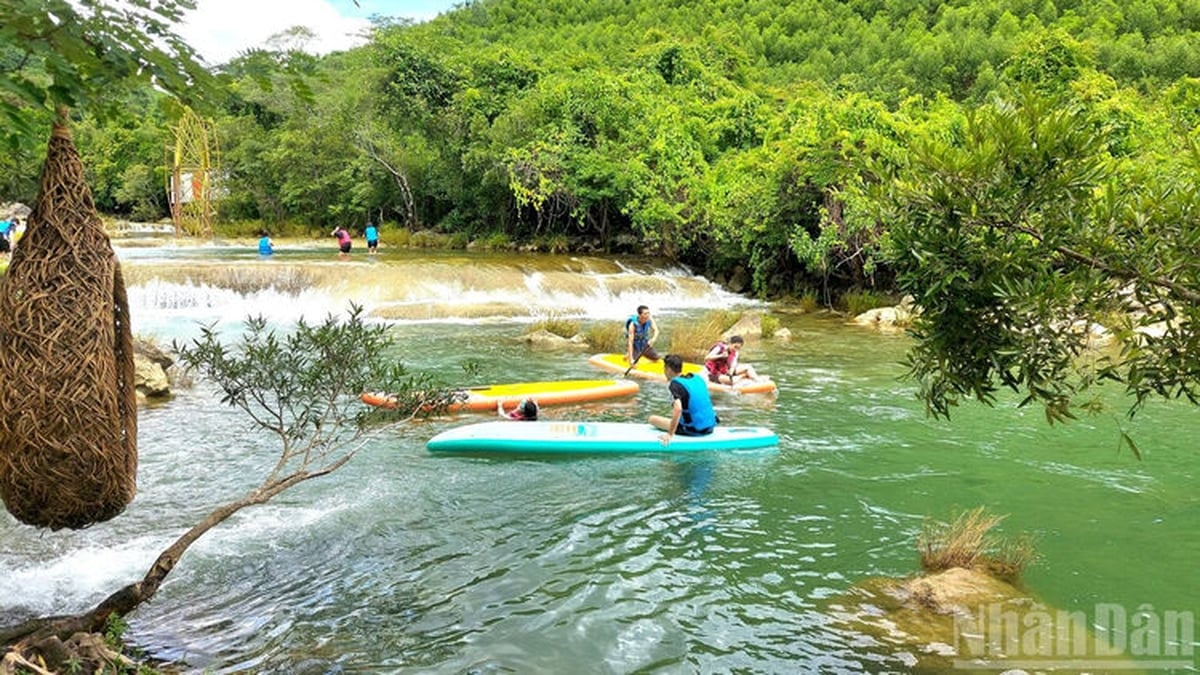



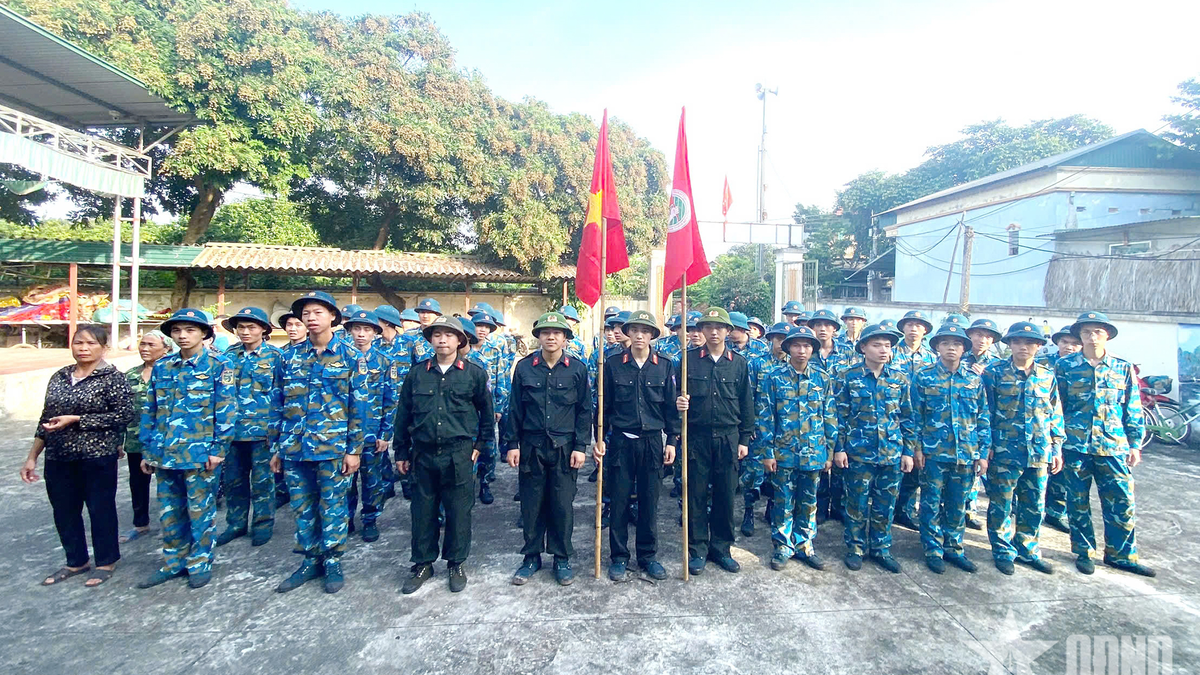
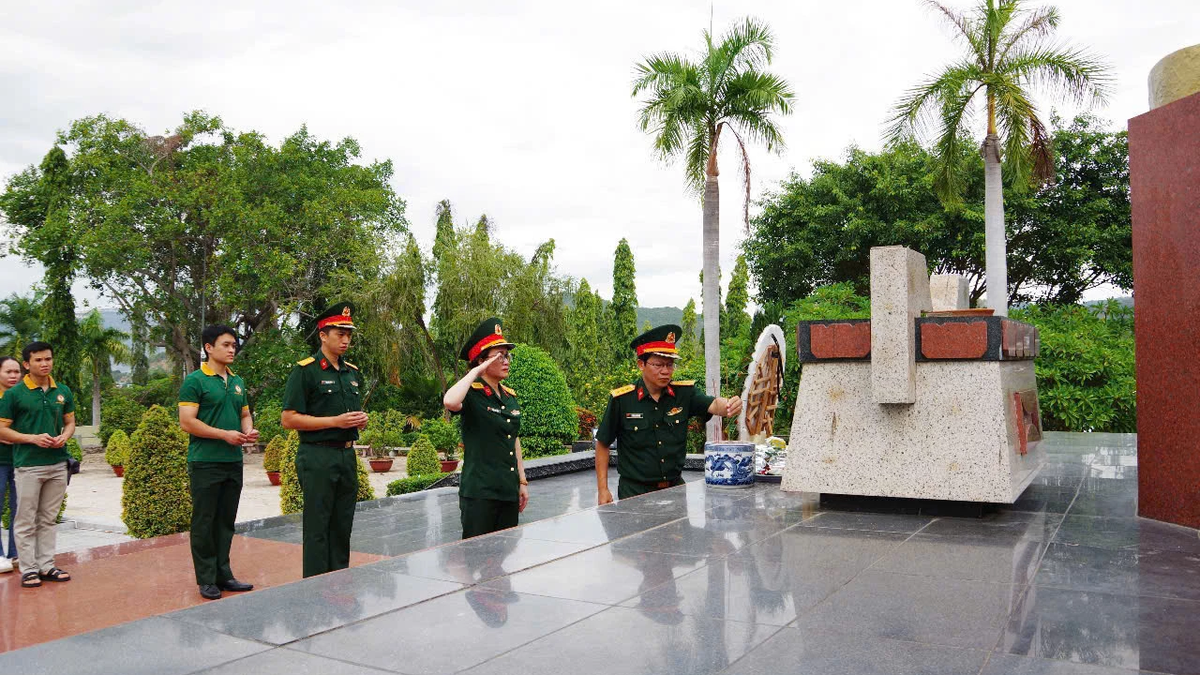


























































































Comment (0)